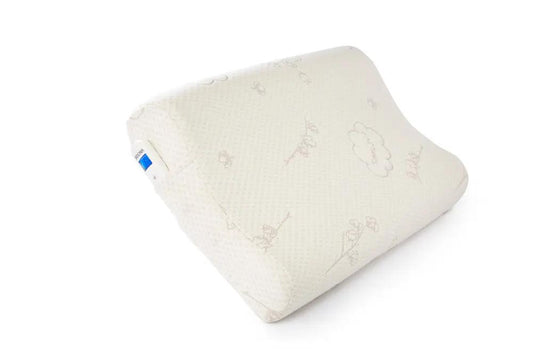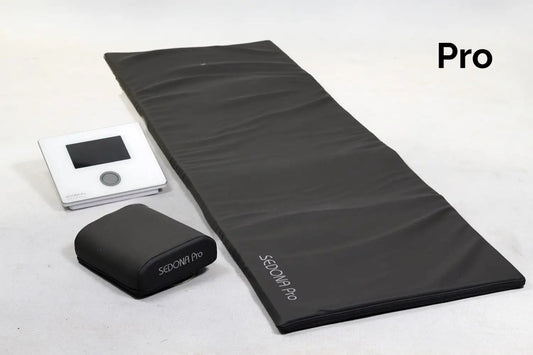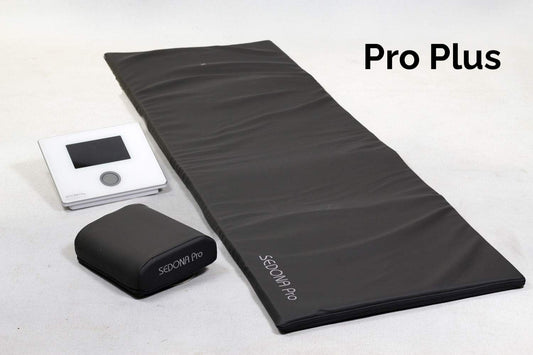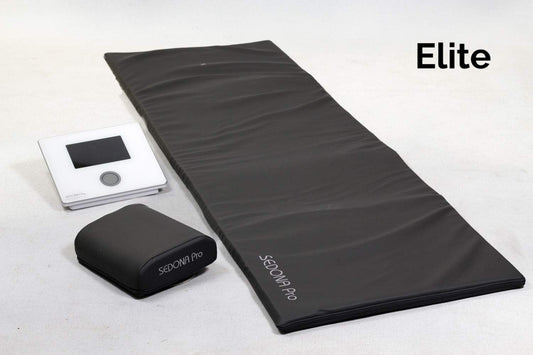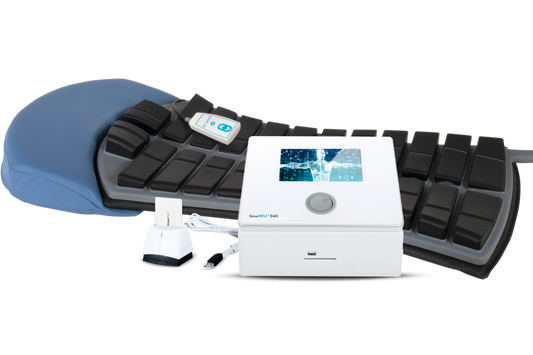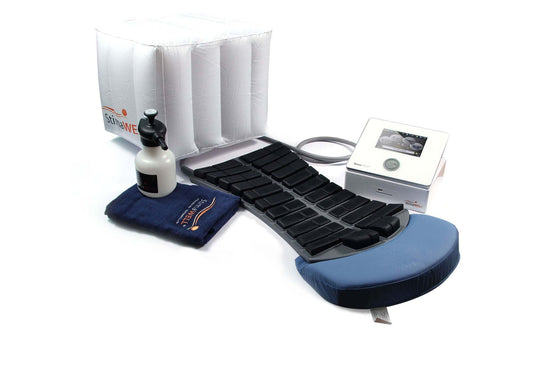
PEMF THERPAY FOR OSTEOPOROSIS
PEMF (Pulsed Electromagnetic Field) therapy is an innovative treatment that is showing promising results in the management of osteoporosis, a condition characterized by the weakening of bones, making them more susceptible to fractures. By utilizing a PEMF mat, individuals with osteoporosis can benefit from electromagnetic fields that stimulate bone density improvement and overall bone health. Here’s a detailed look at how PEMF therapy can be beneficial for osteoporosis and why investing in a PEMF mat could significantly improve your bone health.
Understanding Osteoporosis and PEMF Therapy
Osteoporosis is typically caused by an imbalance in the bone remodeling process, where bone resorption outpaces bone formation. Traditional treatments for osteoporosis include medications, calcium and vitamin D supplementation, and lifestyle changes aimed at improving bone density and strength. PEMF therapy adds to these traditional methods by using electromagnetic fields to stimulate cellular activity and bone growth at a molecular level.
How PEMF Therapy Helps with Osteoporosis
Stimulation of Bone Growth:
PEMF therapy has been found to stimulate osteoblasts—the cells responsible for bone formation. The electromagnetic fields enhance the production of factors that promote bone growth and increase the deposition of new bone tissue, helping to counteract the effects of osteoporosis.
Reduction of Bone Resorption:
PEMF therapy can also impact osteoclasts, the cells involved in bone resorption. By reducing their activity, PEMF helps slow down bone loss, aiding in maintaining bone density and strength.
Pain Management:
Osteoporosis can cause significant pain, particularly when it leads to fractures. PEMF therapy provides pain relief by reducing inflammation and enhancing blood flow, which helps not only in managing pain but also in accelerating healing processes.
Improvement in Circulation:
Enhanced blood circulation is vital for delivering essential nutrients to bones, which supports their health and regeneration. PEMF therapy promotes better circulation, ensuring that bones receive the nutrients they need to remain strong and healthy.
PEMF MAT BENEFITS FOR OSTEOPOROSIS
Our PEMF mat is specifically designed to optimize the therapeutic effects for individuals suffering from osteoporosis:
Comprehensive Treatment:
The mat’s broad coverage ensures that key areas prone to osteoporosis, such as the spine, hips, and wrists, receive adequate exposure to therapeutic electromagnetic fields.
Customizable Settings:
Since osteoporosis varies in severity and impact, our PEMF mat offers adjustable settings for intensity and frequency, allowing for tailored treatments that meet individual needs and conditions.
Ease of Use:
Designed for convenience, our PEMF mat can be used at home, enabling regular therapy sessions without the need to frequently visit healthcare facilities, which is particularly advantageous for those with mobility issues.
Safety and Comfort:
Built from high-quality materials, our mat is safe and comfortable for regular use, making your therapy sessions relaxing and beneficial.
CONCLUSION
Incorporating a PEMF mat into your osteoporosis management plan can offer significant benefits by enhancing bone density, reducing pain, and improving overall bone health. This therapy provides a non-invasive, drug-free alternative or supplement to traditional osteoporosis treatments, offering a holistic approach to managing and potentially reversing the effects of bone density loss.
RECOMMENDED PROGRAMS
If you already own one of our PEMF Mats we recommend these programs for Osteoporosis:
-
SEDONA PRO/PRO PLUS PEMF MAT
Wellness: 1, 2, 3, 4, 5, 6, 9
Sport: 1, 2, 3, 4, 5, 10, 11
-
SEDONA ELITE PEMF MAT
Wellness: 1, 3
Longevity: 1, 2, 7
STUDIES
-
Read Study
PubMed - Pulsed electromagnetic fields as a promising therapy for glucocorticoid-induced osteoporosis
-
Read Study
PudMed - Bone density changes in osteoporosis-prone women exposed to pulsed electromagnetic fields (PEMFs)
-
Read Study
Science Direct - A comparison of alendronate to varying magnitude PEMF in mitigating bone loss and altering bone remodeling in skeletally mature osteoporotic rats
SEDONA WELLNESS PRODUCTS
-
SEDONA PEMF FACEMASK
Vendor:Sedona Wellness4.75 / 5.0
(4) 4 total reviews
Regular price $390.00 USDRegular priceUnit price / per -
TIMMYZZZ PEMF PILLOW
Vendor:Sedona Wellness4.67 / 5.0
(3) 3 total reviews
Regular price $390.00 USDRegular priceUnit price / per -
SEDONA PRO PEMF MAT
Vendor:Sedona Wellness5.0 / 5.0
(12) 12 total reviews
Regular price From $5,900.00 USDRegular priceUnit price / per -
SEDONA PRO PLUS PEMF MAT
Vendor:Sedona Wellness5.0 / 5.0
(8) 8 total reviews
Regular price From $6,900.00 USDRegular priceUnit price / per -
SEDONA ELITE PEMF MAT
Vendor:Sedona Wellness5.0 / 5.0
(20) 20 total reviews
Regular price From $7,900.00 USDRegular priceUnit price / per -
SEDONA PEMF CHAIR
Vendor:Sedona WellnessRegular price From $16,900.00 USDRegular priceUnit price / per -
STIMAWELL EMS BACK MAT
Vendor:Sedona WellnessRegular price $16,900.00 USDRegular priceUnit price / per -
LONGEVITY LOUNGER PEMF BED
Vendor:Sedona WellnessRegular price From $21,900.00 USDRegular priceUnit price / per




